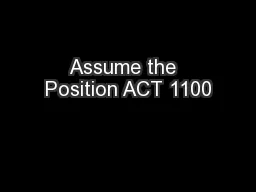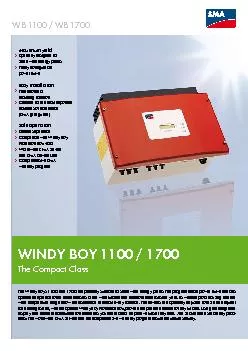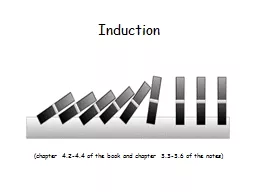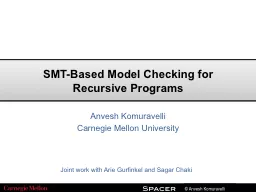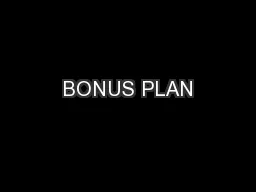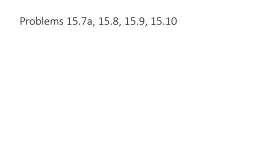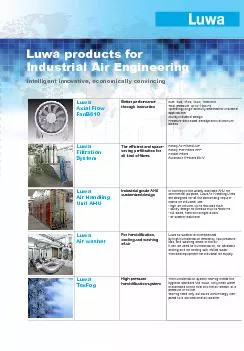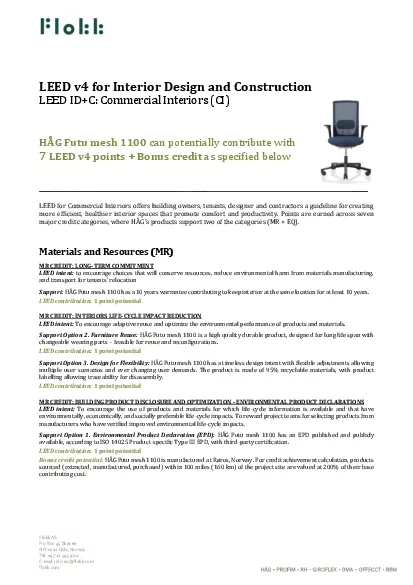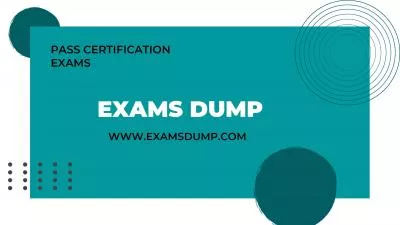PPT-Assume the Position ACT 1100
Author : tatiana-dople | Published Date : 2018-10-06
Introduction to Accounting Lecturer Troy J Wishart Summer Course ACT 110 Is EASY POP Our Confession And I am Going to get an A Depreciation Lecture Notes 6
Presentation Embed Code
Download Presentation
Download Presentation The PPT/PDF document "Assume the Position ACT 1100" is the property of its rightful owner. Permission is granted to download and print the materials on this website for personal, non-commercial use only, and to display it on your personal computer provided you do not modify the materials and that you retain all copyright notices contained in the materials. By downloading content from our website, you accept the terms of this agreement.
Assume the Position ACT 1100: Transcript
Download Rules Of Document
"Assume the Position ACT 1100"The content belongs to its owner. You may download and print it for personal use, without modification, and keep all copyright notices. By downloading, you agree to these terms.
Related Documents

